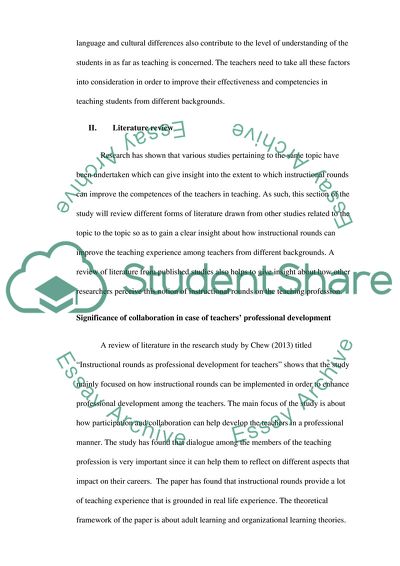Cite this document
(Significance of Collaboration in Case of Teachers Professional Research Proposal Example | Topics and Well Written Essays - 3750 words - 1, n.d.)
Significance of Collaboration in Case of Teachers Professional Research Proposal Example | Topics and Well Written Essays - 3750 words - 1. https://studentshare.org/education/1852355-action-research-proposal
Significance of Collaboration in Case of Teachers Professional Research Proposal Example | Topics and Well Written Essays - 3750 words - 1. https://studentshare.org/education/1852355-action-research-proposal
(Significance of Collaboration in Case of Teachers Professional Research Proposal Example | Topics and Well Written Essays - 3750 Words - 1)
Significance of Collaboration in Case of Teachers Professional Research Proposal Example | Topics and Well Written Essays - 3750 Words - 1. https://studentshare.org/education/1852355-action-research-proposal.
Significance of Collaboration in Case of Teachers Professional Research Proposal Example | Topics and Well Written Essays - 3750 Words - 1. https://studentshare.org/education/1852355-action-research-proposal.
“Significance of Collaboration in Case of Teachers Professional Research Proposal Example | Topics and Well Written Essays - 3750 Words - 1”. https://studentshare.org/education/1852355-action-research-proposal.


